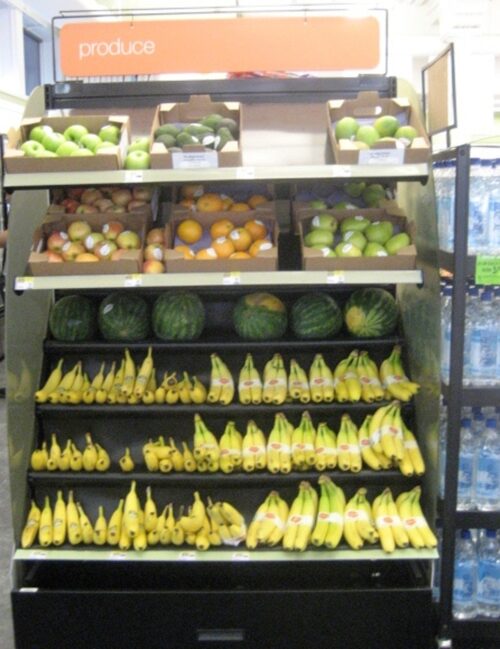To me personally, the big news last week (besides my profile in the New York Times) is the announcement that the USDA plans to move its headquarters out of Washington, DC to three locations yet to be determined.
USDA is expected to offload one of its two Washington headquarters buildings, according to two employees familiar with the matter.
The relocations will accompany widespread layoffs at the department, according to four officials made aware of the plans, though the exact number is not yet clear. Those cuts are expected in late April or early May.
Some employees have been told to expect the department to cut back to fiscal 2019 staffing levels—which would lead to USDA slashing around 9,000 of its 98,000 employees—while others have been told there is a an overall federal workforce reduction number the administration has developed and the department will do its part proportionally to meet that target.
My translation: I haven’t been able to confirm this story, but what better way to get USDA employees to quit en masse. This worked during Trump I to dismantle the Economic Research Service, a national treasure in my view. I complained early and often about its transfer to Kansas City, MO.
As this article explains,
In 2019, the department relocated the Agriculture Department’s Economic Research Service and National Institute of Food and Agriculture to Kansas City, Mo., over the objections of employees and some lawmakers. Following the move, both agencies lost more than half of their staff, leading to a significant loss of productivity from which it took the agencies years to recover. Under President Biden, both agencies moved their headquarters back to Washington while maintaining their Kansas City offices.
I would say (and the Government Accountability Office agrees) the ERS has never recovered. It still produces technical reports, but no longer publishes the kind of analytical pieces that I found so valuable to my work.
It’s fine to move government offices to the middle of the country. Anything to help repopulate middle America is a good thing.
But this move has only one real purpose: to reduce staff.
This means reducing meat inspectors, and people who help participants use food assistance programs. It means getting rid of agricultural and other USDA-supported researchers. Basically, it means getting rid of anyone good enough to get another job without having to relocate.
Even without this, USDA staff are quitting in droves: USDA employees head for the doors as potential RIFs [reduction in forces] loom
Thousands of USDA employees are planning to leave the agency through a deferred resignation program that could challenge the department’s ability to fulfill critical functions such as food import and export inspections. According to one report, 16,000 USDA employees have opted for buyouts over two rounds.
I considered the transfer of the ERS to Kansas to be a national tragedy. This is another one.




